Summary / TL;DR
Content decay is the decline in a webpage’s organic traffic over time, often caused by outdated information, changes in search engine algorithms, or shifting user intent. The article explains that content undergoes a lifecycle—starting from publication, through growth, to eventual decline—where old posts become less relevant and lose their search rankings. Causes include emerging competitors, fresher content, and reduced promotional efforts for older posts. The impact includes lower click-through rates, reduced visibility, and loss of backlinks. Content decay can be addressed by expanding outdated posts, refreshing content with new information or keywords, merging similar posts, and improving internal links and backlinks.
Ever wondered why your website’s traffic and user engagement drop despite regularly putting out new content? This phenomenon is called content decay or content rot. It’s a widespread issue for businesses these days.
Content and SEO are closely interwoven; you must create ‘SEO content’ that is high quality to drive organic traffic to your website.
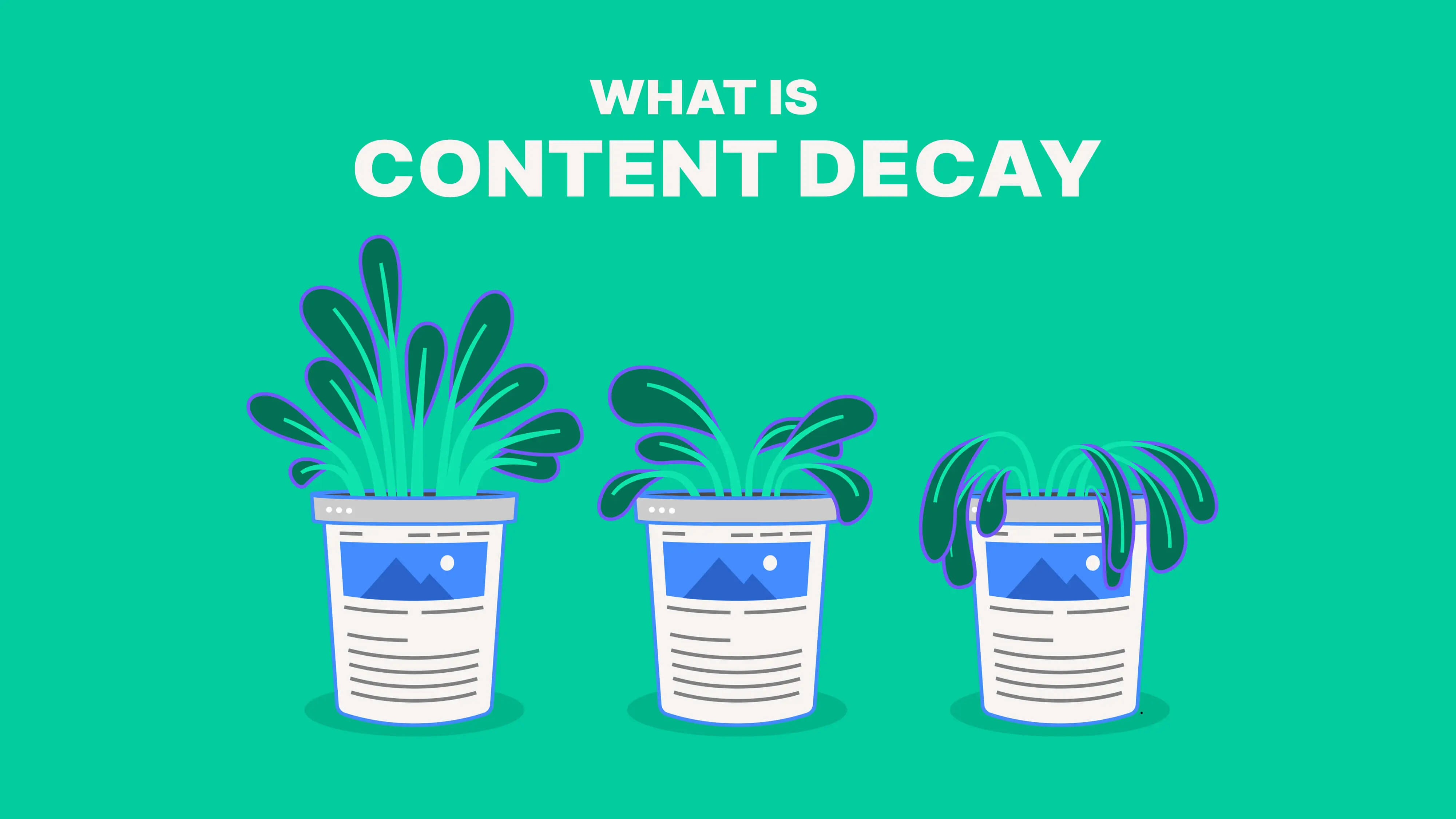
Before diving into creating new content, take a moment to explore your existing blog pages. You might discover numerous fantastic posts packed with statistics, media, and case studies that once thrived but now languish forgotten in your archives.
Once upon a time, your posts might have been magnetic for target keywords, but now they’re outdated. The fact is, every piece of content will decay eventually.
While it’s easy to get caught up in creating and rolling out new content to improve the SEO strategy, the existing content must be relevant to rank high in the SERPs again. So, keep reading to find out what content decay is, why content decays, and what practices you can adopt to prevent it from occurring.
Want to receive updates? Sign up to our newsletter
Each time a new blog is posted, you’ll receive a notification, it’s really that simple.
What Is Content Decay?
If a piece of content has been losing organic traffic for over a year, it’s experiencing content decay. This often happens due to shifts in search engine algorithms that affect your rankings, a natural phenomenon as time goes by.
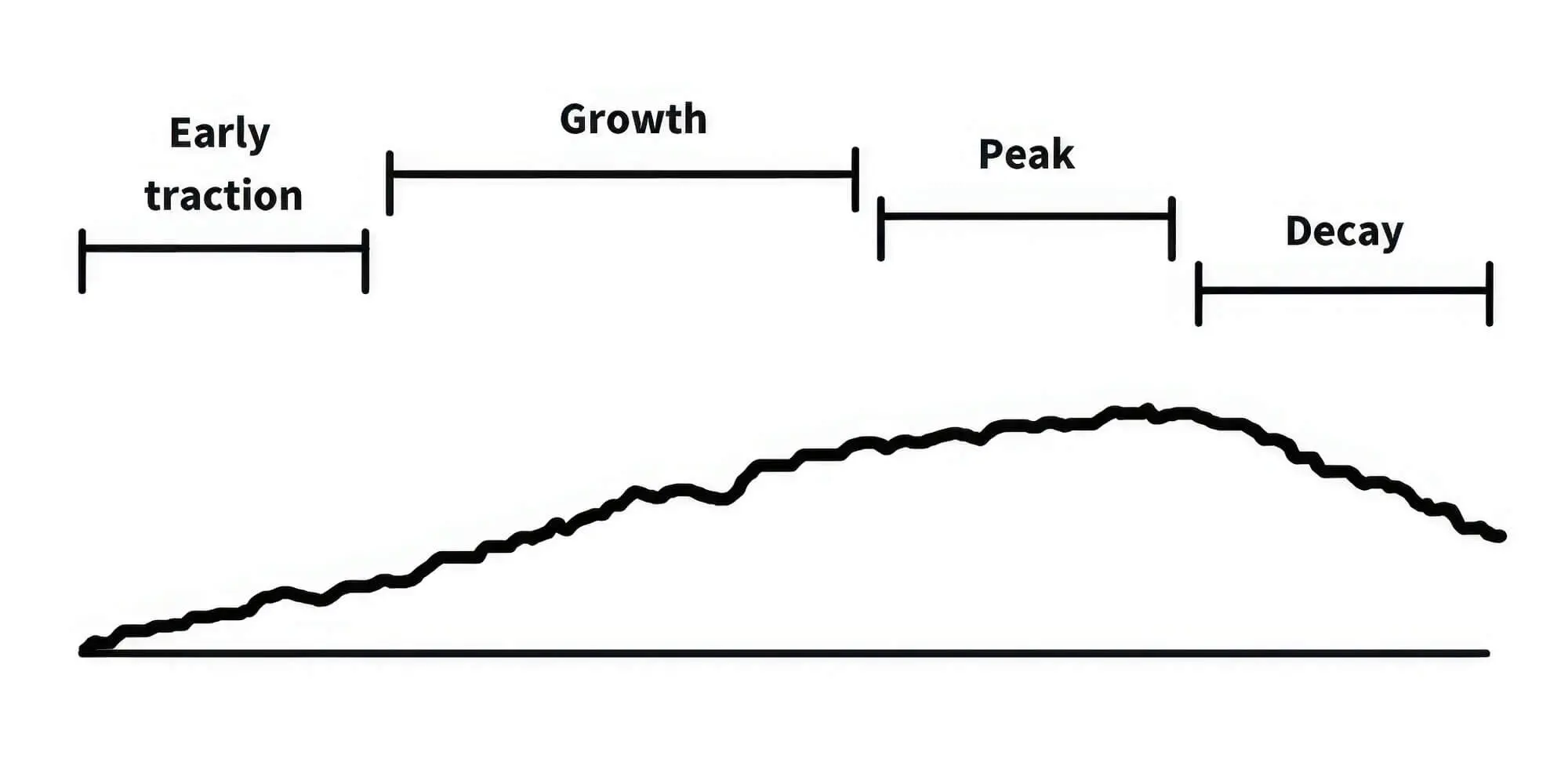
Content decay can also occur when fresh content is released, causing old articles to drop in search engine rankings. Low rankings in the SERPs mean less traffic and fewer conversions.
The Life Cycle Of A Piece Of Content
Each blog post, post-publication, transitions through five stages, essentially forming a content life cycle, which comprises the following steps:
1. Early Traction Stage
When a blog post is published as a part of a content marketing strategy, it may not rank high in the Google Search Console or other search engines right away. But after a week or two, when search engines index it, you’ll notice a slight spike in traffic.
A piece of content optimised with target keywords or trending keywords will naturally rank high in the search engine, so your website will witness the most traffic during this stage.
2. Growth Stage
As is generally known, the growth phase is a stage where your content achieves higher rankings in search engines, improving the flow of organic traffic to multiple pages of the site. Your post starts growing when it receives more backlinks, ultimately increasing conversion rates.
3. Peak Stage
This stage occurs when the growth of your posts starts to slow down for one of several reasons.
- Your competitors have either updated the decaying content of their sites
- They may have published new content on the same topic.
- The new blog post ceased to rank high in the SERPs by failing to receive quality backlinks.
- Your blog post ranked top for almost all the keywords used in the topic.
4. Decay Stage
With time, content published a few months back as a part of your business’s content strategy becomes outdated. And that’s when it enters the decay stage– when a piece of content starts losing traffic.
It is important to note that content does not need to be old to decay. The life cycle of a competitive topic is less, which means it would pass to the decay stage much sooner than non-competitive ones.
What Causes Content Decay?
Google serves its users with unique and ‘high quality’ content to comprehensively answer their search queries.
Understandably, a piece of content seems outdated to search algorithms after a few months because up-to-date blog posts are published every day. So, search engines evaluate every blog post to see which ones have fresh information and rank them accordingly.
Older content is ranked low in the SERPs, while newer content is ranked high because search engines find them engaging. In the following sections, we’ve mentioned some essential causes of content decay.
1. Brand-New Rivals Can Snag Your Spot In The SERPs
In the competitive digital marketing landscape, ensuring the top position in the SERPs isn’t a cakewalk. And the emergence of brand-new rivals is one of the reasons for content decay.
Competitors use the skyscraper method to create high-quality content. In this technique, competitors publish high-performing content pieces and improve their quality by adding interesting points to take over the top spot in the SERPs.

2. Search Engines Prioritise Up-To-Date Content
Search engines– Google, Bing or Yahoo – prefer fresher content with the latest information over old ones. However, the age of the content depends upon its optimisation, as well-optimised content won’t decay as quickly as unoptimised content.
3. Search Intent Shift
The term search intent refers to the goal of an online search. Simply put, it’s a fanciful way of describing what the user expects to find by entering a particular keyword in the search engine.
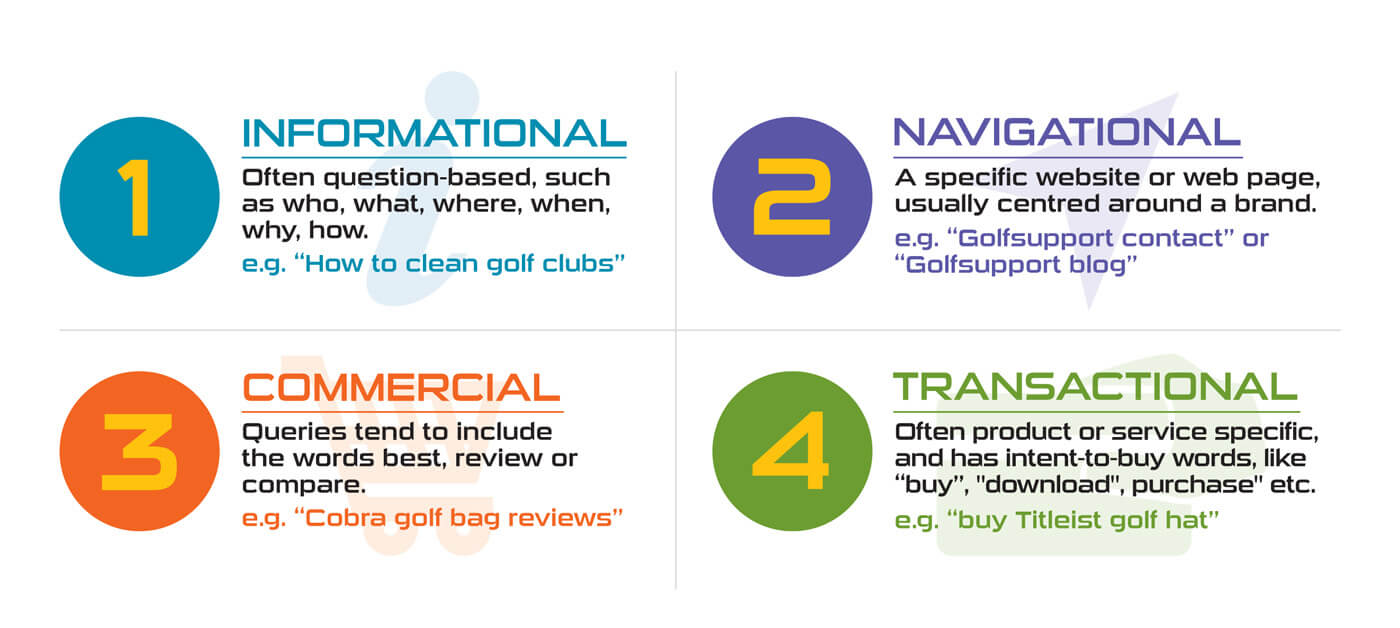
Google is continually evolving how users interact with the results displayed on the SERPs for each query to apprehend their intent.
A user searching for “electric cars” a few decades ago would perhaps stumble upon blog posts that discussed what they were and how they work. On the other hand, someone scouting for electric cars in 2026 is more likely to search with the intent of buying them.
The informative content written a few years back will now rank low, while those featuring electric car models will occupy the top position in the SERPs.
4. Competitors Are More Interested In What Lies Ahead
Another reason for content decay is that brands are more interested in promoting new content while forgetting about the old ones. They spend their time developing new content ideas and publishing new content, desisting from promoting old content on social media channels or ad campaigns. As a result, the aftermath of this action is a loss in the flow of traffic.
How To Identify Content Decay On Your Website
To identify content decay, you must track your site performance consistently to identify which pages are losing traffic. Any page that isn’t exhibiting expected search traffic volumes might be a victim of content decay.
Or you can search for the target keyword in the search engine and see the ranking of your blog posts in the SERPs.
As a marketer or a business owner, you can turn to a few content decay tools to identify pages that aren’t performing well in search results. Below, we’ve mentioned two tools you can use to identify decaying content on your site.
1. Google Analytics
Google Analytics is one of the best tools to track content decay on your website. Using this tool, you can closely monitor your published content and check for fluctuations in traffic. A consistent decline in organic traffic indicates that your blog posts are encountering content decay.
If you don’t want to monitor the entire site, tracking individual pages via Google Analytics to learn the best-performing ones will also help you identify content decay. Remember that this manual approach is time-consuming because you’ll have to track every blog post YOY (year-over-year), which won’t be easy.
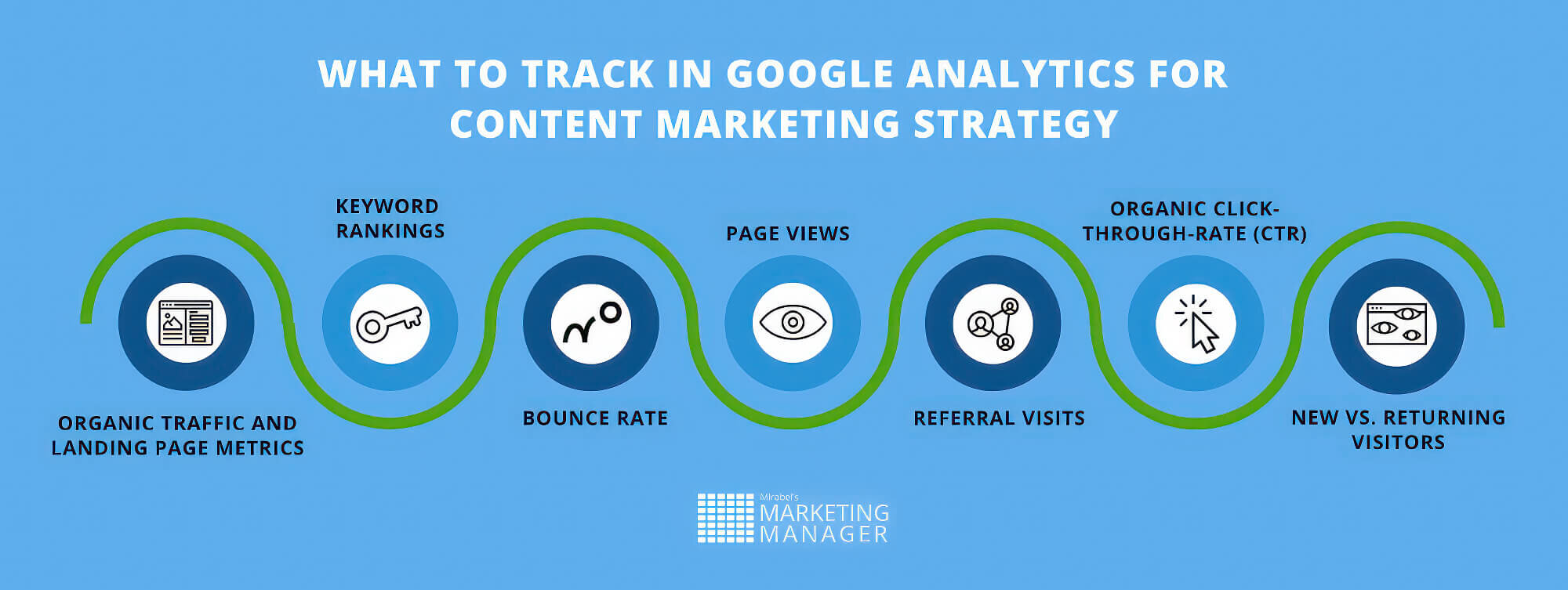
2. SEMrush
SEMrush is another useful position-tracking tool that helps identify decaying content on your website. With the help of this tool, you will be notified whenever any of your tracked blog posts or pages rank high or low in the SERPs.
After that, updating content with the latest information helps, often referred to as content refresh, by using new keywords and outranking your competitors in the SERPs. However, it’s not as effective as Google Analytics since the latter provides more detailed information.
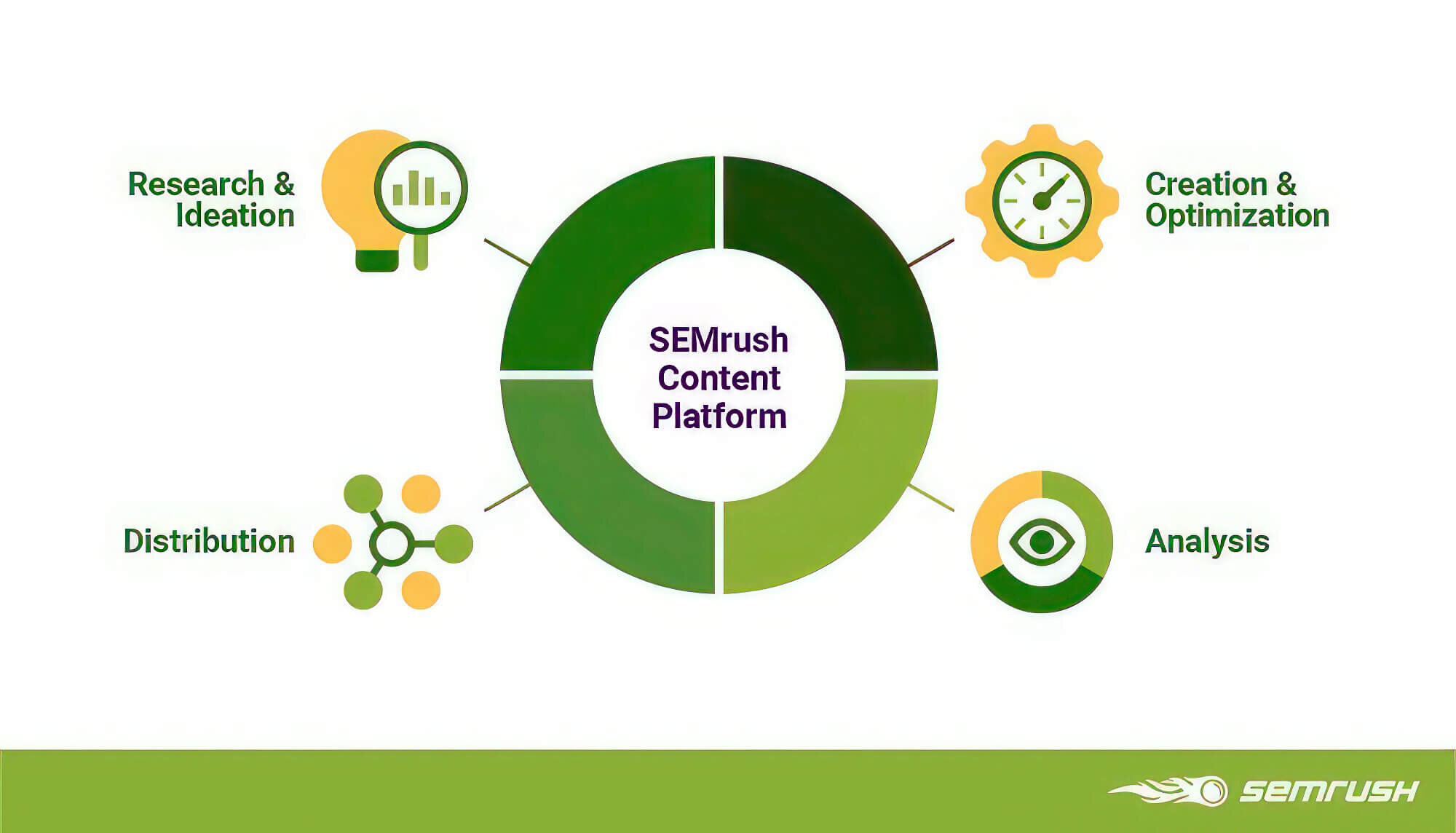
The Impact Of Content Decay On The SEO Of Your Website
As previously stated, SEO and content go hand in hand, so your site’s organic growth will naturally diminish if any of your pages undergo content decay. In turn, it will decrease the number of visitors to your site.
If timely actions aren’t implemented to counter them, content decay impacts could lead to a downward trend, meaning your blog posts will rank low in the SERPs because of visibility loss. Below is a quick rundown of how decaying content affects your site’s SEO.
1. Decrease In Click-Through-Rate (CTR)
Conducting keyword research before ideating your content may lead you to believe it’s well-optimised. However, a fall in the click-through rate could indicate your web pages are experiencing content decay.
Search engines like Google and Bing continually screen nuances of the search engine page results, which may lead to a decrease in CTR. Sometimes, the catchy title tag of your competitors’ blogs may cause CTRs to fall, even if they rank lower than yours.

2. Search Visibility
No doubt, blogs with fresher content and higher word count rank high in the SERPs, but remember that they could become ‘less relevant’ over time. That’s because new content published by your competitors will push them to the bottom. Your blogs won’t get noticed unless users scroll to the lower part of the page, which fewer people tend to do.
3. Information Relevancy
As mentioned earlier, search intent is continually changing, and this evolution causes content decay. If your content isn’t updated with the latest information, search engines will consider it irrelevant for the users, ultimately ranking them low.
Even if users interact with your page, they’ll eventually move on if they don’t find updated content in line with their search intent. This way, the flow of organic traffic will decrease, whereas the bounce rate will increase.
4. Poor Backlink Performance
When content decays, retaining backlinks is challenging because no one would want to link to pages containing irrelevant information. Additionally, if your blog posts aren’t in alignment with the search intent, businesses won’t link to them organically.
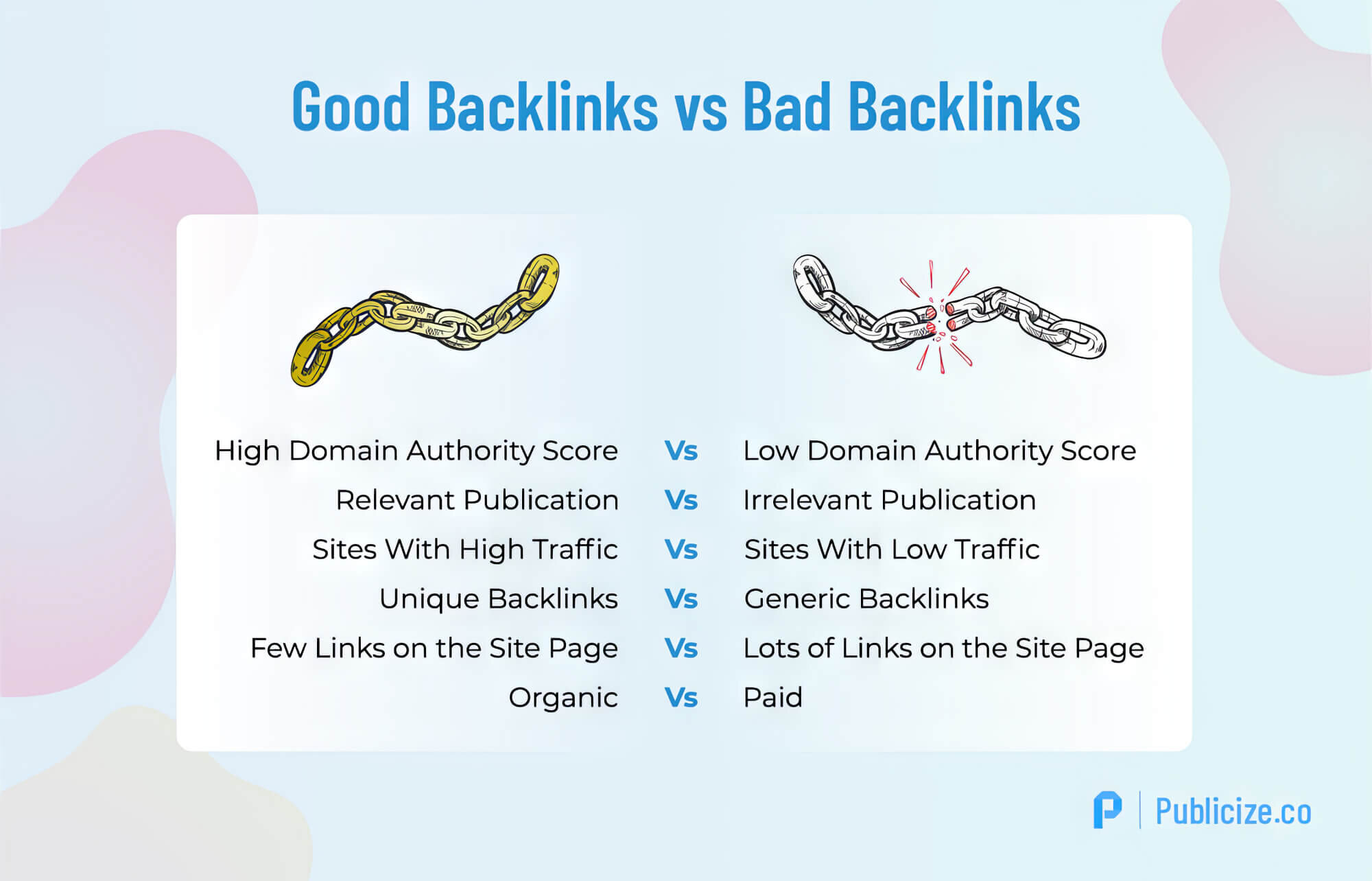
5 Ways To Grow Organic Traffic By Fixing Decaying Content
While you may be engaged in ideating, writing and putting out new content on your website, you should prioritise fixing decaying content.
After knowing the cause comes the fixing stage in which you’ll have to refresh content to get more traffic to your site. With that said, let us look at the best practices you can adopt for fixing content decay.
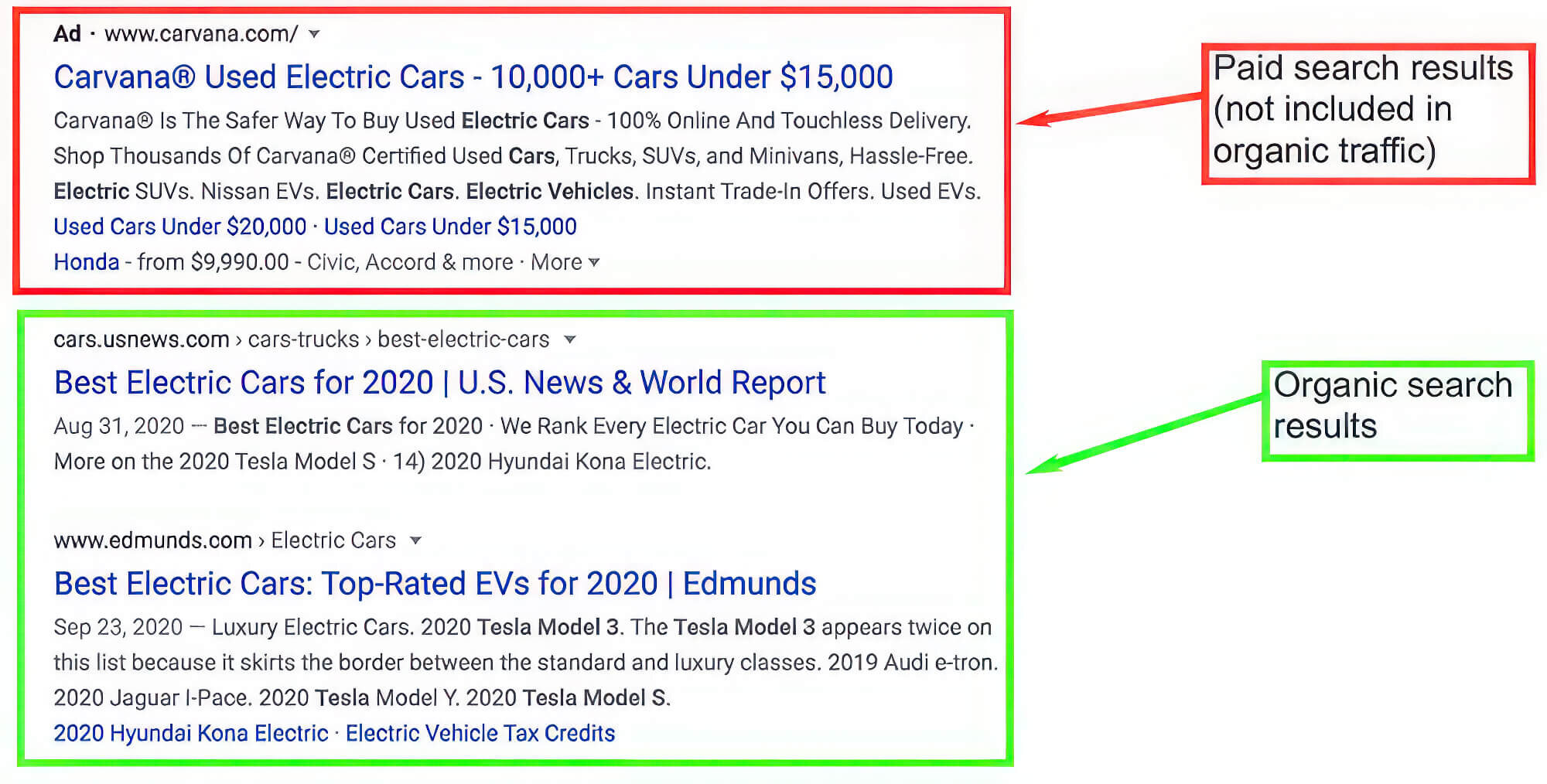
1. Expand Old Blog Posts To Make Them Relevant
Expanding your old content with relevant and fresh information is one of the best ways to fix decaying content.
Sometimes, a blog post may be strong but lack depth on a particular topic, or new advancements have occurred since publication. Either way, you can refresh the content by replacing old information with new data.
Besides adding depth, you can increase the word count of old content by 200-2,000 words, depending on the topic.
To update old blog posts, ‘take a look’ at the topic on Google or any other search engine and go over the content that ranks on the first page. Consider the points covered by your competitors but not covered in your content.
Then, carry out additional keyword research and devise a strategy for expanding your content.
2. Refresh Old Content
Sometimes, your best bet is to refresh old content to satisfy the search intent of different users.
If your published content is a few years old, they are likely linked to outdated statistics. Or a new technology may have emerged after your blog post’s publication. Refreshing old content in all these situations is much easier than creating new content.
Content refreshes often include adding better headers, reorganising the content and eliminating unnecessary portions. Your piece may need a complete overhaul or a minor revision, depending on how different it is from the top-ranking content.
Say you wrote a blog post on “10 best security cameras” two to three years back, which brought a lot of organic traffic to your site. But lately, you’ve noticed there has been a decrease in traffic. Today, if you type the same keyword in a search engine, you’ll notice that the latest blogs include a buyer’s guide or a how-to section, which your content lacks.
Adding that particular portion will rank your blog post higher up the SERPs. In short, you must follow the skyscraper technique when revamping old blog posts.
3. Merge Content
When you have numerous pieces of content that rank similarly or don’t rank high, consolidating them into one master post will be the best thing to do. That means you can combine all your short-form content.
In this regard, you get two choices:
- Curating new content from scratch, with information from the existing pieces.
- Keeping one piece as the primary one and combining the rest.
Remember, setting up 301 redirects to the new URL from the old one is necessary, whichever option you choose. By doing so, search engines can see that the content has been moved, and various sites will redirect to the master post to index that page.
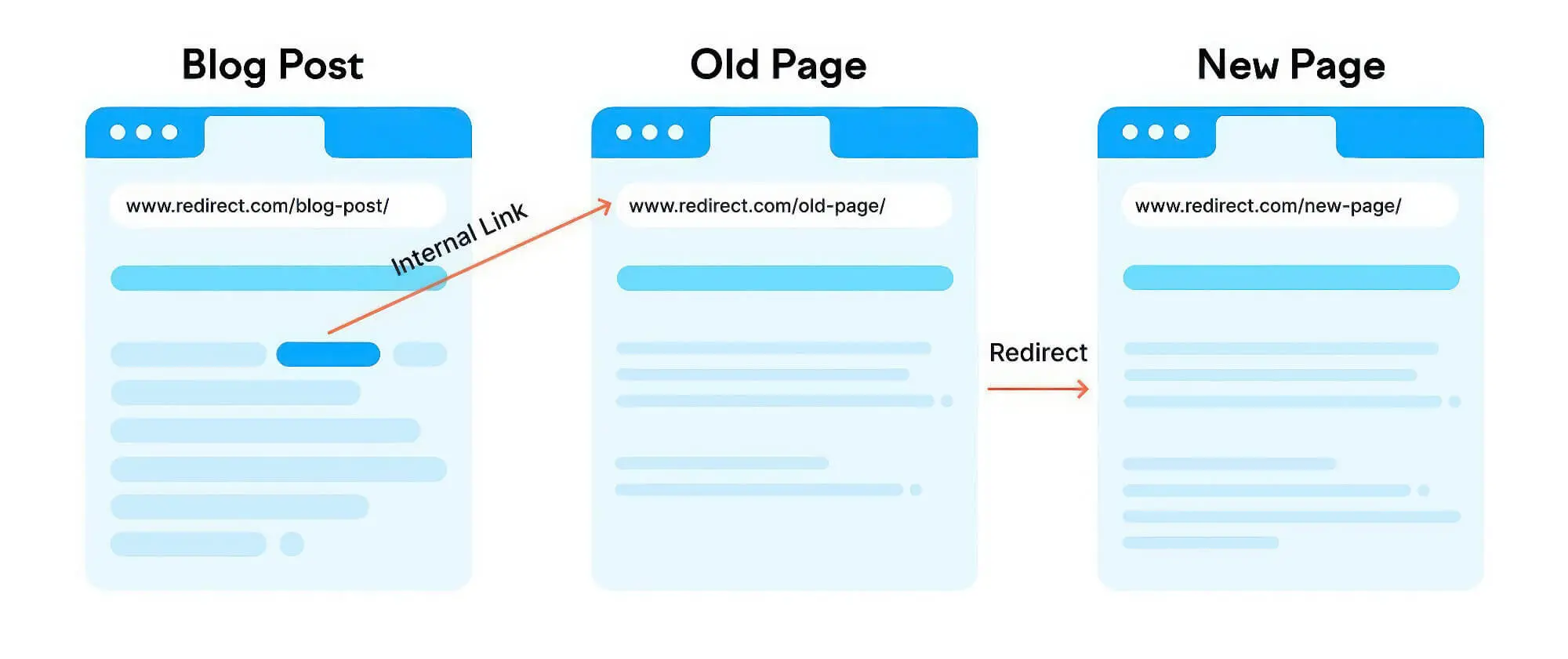
4. Curate New Content For Top-Performing Keywords
If your website is chock-full of content, there is probably a good deal of outdated content. Or a few of them may not even be relevant to specific top-performing keywords.
Whatever the case, devising and publishing new content for top-performing keywords will solve the problem.
To put it another way, you may have written a post on how olive oil wasn’t healthy for cooking a few years ago, targeting the keyword “olive oil”. But today, olive oil is safe for cooking if it is extra virgin.
You’ll have to take down the old blog post and maybe replace it with the “health benefits of olive oil.”
5. Get New Internal Links And Backlinks
Focusing on link-building campaigns can give your content an additional boost.
If you’re curating guest posts for other sites, linking to one of the freshly revamped posts could boost your site’s SEO. And while doing so, don’t forget to add internal links from your existing blog posts to newly updated posts.
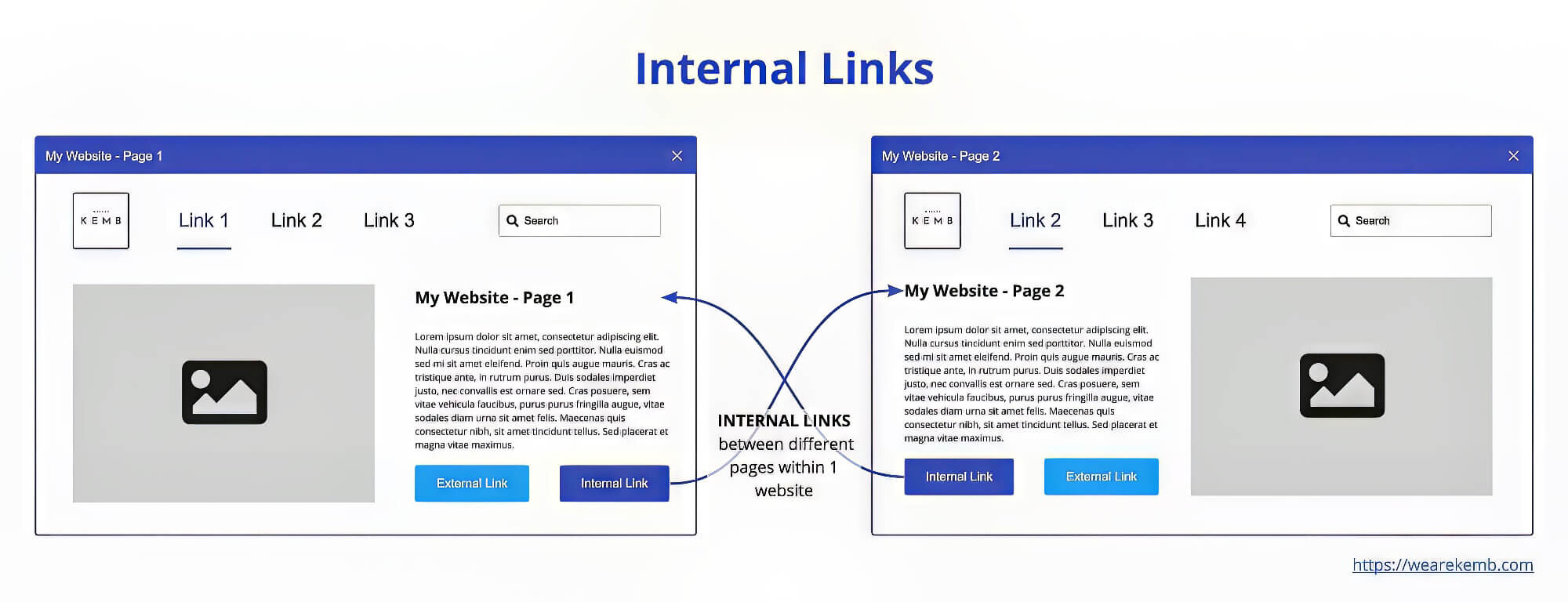
Besides helping search engines comprehend the content structure, it will improve the user experience. Remember to review low-ranking pages to find outdated or broken links and replace them with authority sources to improve the website’s ranking.
The End of Content Decay: Embrace Fresh Content Strategies
To tell you the truth, dealing with content decay - and its impact on ‘search engine results’ - is troublesome for every business owner.
There’s no denying that some pieces will undergo content decay, no matter how well they are written or optimised. The good thing is that you can fix content decay using the right tools whenever you identify decaying content. This way, there will be a steady flow of traffic to your website.
Since content and SEO are about providing value, ‘refreshing content’ on your website regularly is critical for your website’s success. Rather than reinventing the wheel, site owners and marketers can update existing content to improve website visibility.
And if you’re unsure about which pages are going through content decay or have detected it but cannot fix them, speaking to a professional is best.
If you want to help devise a strategy to ensure your content remains at the top of SERPs, our experts are ready to assist you. To discuss your options, call our sitecentre® team today!





